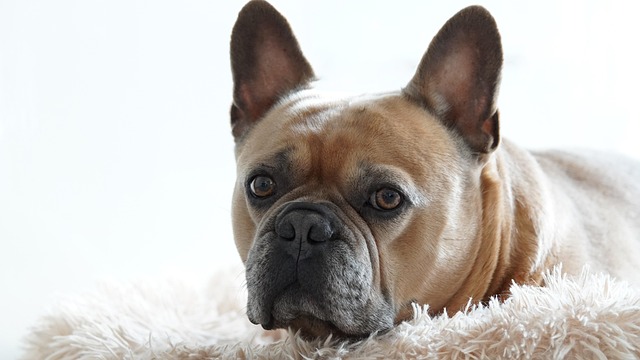
How to stop a puppy biting the leash?
It may seem that puppies biting the leash is just mischievous, but in fact, there are complex behavioral logic and emotional needs behind it.
It may seem that puppies biting the leash is just mischievous, but in fact, there are complex behavioral logic and emotional needs behind it. As guardians who live with them day and night, we must not only find ways to stop biting the leash, but also understand the "language" behind these behaviors, and help puppies grow into civilized and good companions for travel with scientific guidance and warm care.
The behavior of puppies biting the leash is largely due to their instinct to explore the world. Puppies are like human toddlers, full of curiosity about everything around them, and the leash, as an object closely connected to them when they go out every day, naturally becomes an object of exploration. Teeth are an important tool for them to perceive objects. By biting, puppies try to understand the texture, toughness and taste of the leash. At the same time, puppies in the teething period need to bite to relieve discomfort because of itchy gums, so the leash becomes a readily available "teething stick". In addition, when puppies feel anxious, excited, or dissatisfied with the route during walking, they will also release their emotions and express their ideas by biting the leash.
When facing the behavior of puppies biting the leash, we must first abandon the simple and rough way of stopping it. Pulling the leash hard, yelling loudly, or even beating and scolding, not only can't solve the problem fundamentally, but it may also make the puppy feel fear and rebellious, exacerbating the behavior of biting the leash. What's worse is that these intense reactions may be misunderstood as "interactive games" in the eyes of puppies, and they will take biting the leash as fun. Just like human children are eager to get attention, puppies will also attract the attention of their owners through various behaviors, and wrong responses will reinforce their inappropriate behavior.
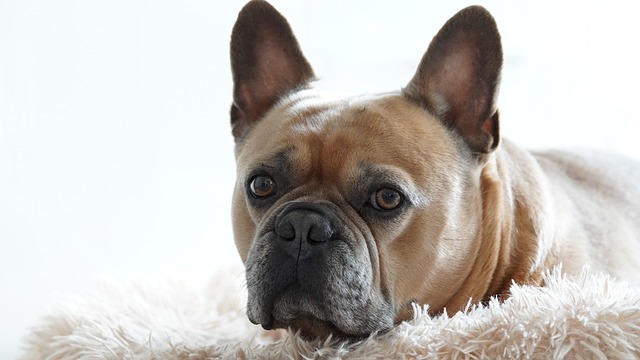 If you want to correct the habit of puppies biting the leash, establishing a correct interaction model is the key. Before going out, we can prepare special teething toys, such as rubber chews, teething sticks, etc., so that the puppy can satisfy the chewing needs before leaving and divert the attention from the leash. When the puppy bites the leash, don't pull it hard immediately, but stop, keep the leash loose, and wait patiently for it to let go. Once the puppy takes the initiative to let go of the leash, immediately give gentle praise and small snacks as rewards, so that it understands that "not biting the rope" can get the owner's recognition and reward. This positive motivation method can help the puppy understand our intentions much better than punishment, and change its behavior habits in a subtle way.
If you want to correct the habit of puppies biting the leash, establishing a correct interaction model is the key. Before going out, we can prepare special teething toys, such as rubber chews, teething sticks, etc., so that the puppy can satisfy the chewing needs before leaving and divert the attention from the leash. When the puppy bites the leash, don't pull it hard immediately, but stop, keep the leash loose, and wait patiently for it to let go. Once the puppy takes the initiative to let go of the leash, immediately give gentle praise and small snacks as rewards, so that it understands that "not biting the rope" can get the owner's recognition and reward. This positive motivation method can help the puppy understand our intentions much better than punishment, and change its behavior habits in a subtle way.
The process of training a puppy to adapt to the leash is also a process of cultivating mutual trust. We can start indoors and let the puppy wear the leash and move freely, so that it can gradually become familiar with the sense of restraint. During this period, play interactive games with the puppy, such as throwing balls and chasing, so that it forgets the existence of the leash in a pleasant atmosphere. When the puppy no longer resists the leash, try to go out for a walk. During the walking process, change the pace and direction of the steps to attract the puppy's attention and reduce its attention to the leash. For example, stop suddenly, take out a toy to tease the puppy, and then continue to move forward; or deliberately walk in an "S" shape to keep the puppy's attention on the owner instead of focusing on biting the leash.
In addition to behavioral training, it is equally important to pay attention to the puppy's psychological needs. Puppies bite the leash sometimes because they feel uneasy about the environment and relieve anxiety by biting the leash. At this time, the owner can communicate with it in a gentle tone, stroke its back, and give it a sense of security. If the puppy is prone to biting the leash in certain scenarios, such as when encountering other dogs or vehicles passing by, we should comfort it in advance to prevent it from excessive behavior due to tension. At the same time, ensure that the puppy has enough exercise and social time every day, so that it can release energy in play and reduce the behavior of biting the leash caused by excess energy.
Correcting the habit of a puppy biting the leash is not achieved overnight, and requires the patience and persistence of the owner. Every progress of the puppy, even if it just bites the leash less once, deserves our full encouragement. Watching the little guy who used to bite the leash mischievously gradually learn to quietly follow the owner's footsteps and stroll freely in the sun, the sense of accomplishment and happiness is enough to offset all the fatigue during the training process. The growth of a puppy is inseparable from the guidance and companionship of the owner.

It may seem that puppies biting the leash is just mischievous, but in fact, there are complex behavioral logic and emotional needs behind it.
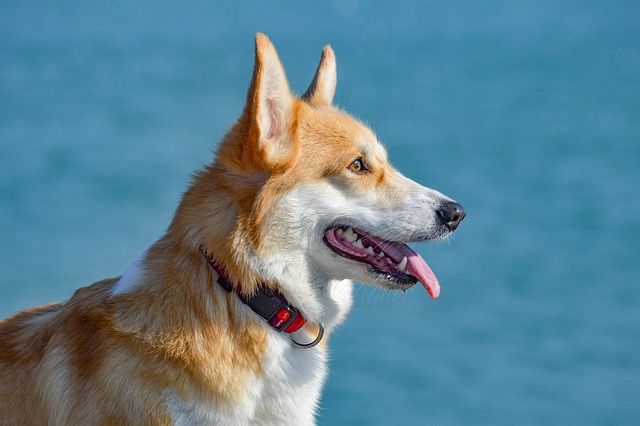
The dog that was originally gentle, well-behaved and had a close relationship with the family suddenly shows its teeth, growls menacingly
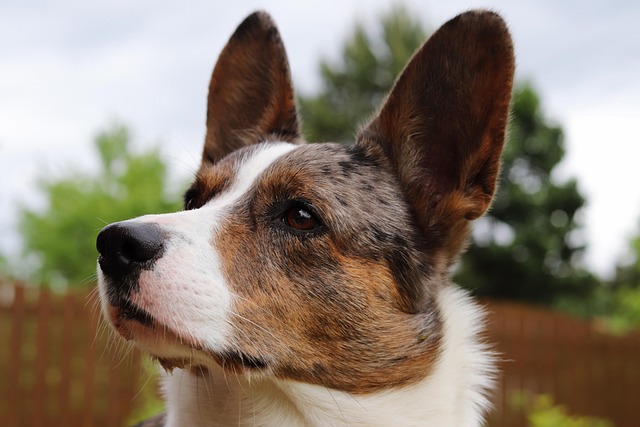
When we get home after a busy day at work and want to relax on the sofa for a while, we find that the sofa is covered with the dog's paw prints and fur,
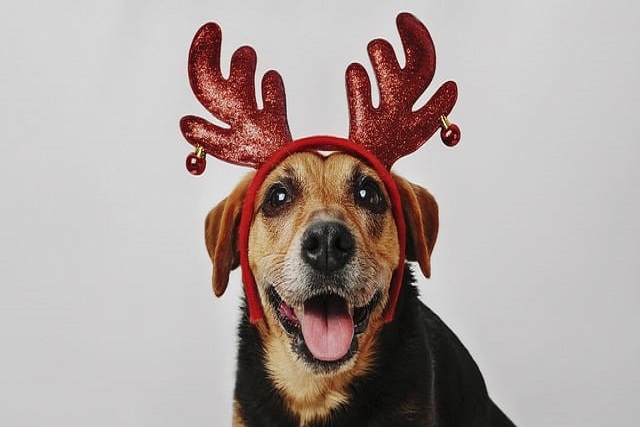
When we walk around at home, a fluffy little figure always follows behind us. Even when we just go to the kitchen to get a glass of water and look back,
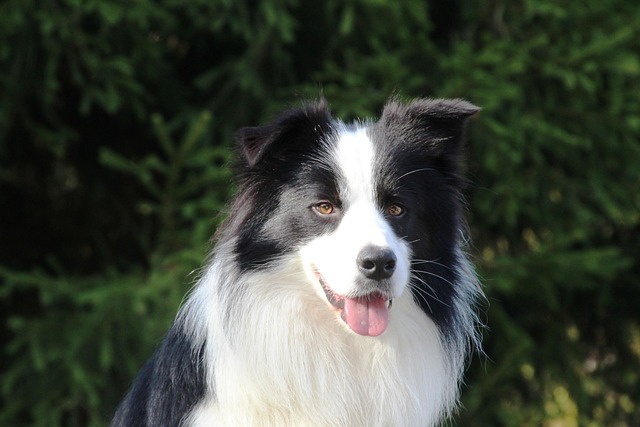
The issue of a dog's toilet behavior may seem like a trivial matter in daily life, but it directly affects the tidiness of the home environment and the owner's quality of life.
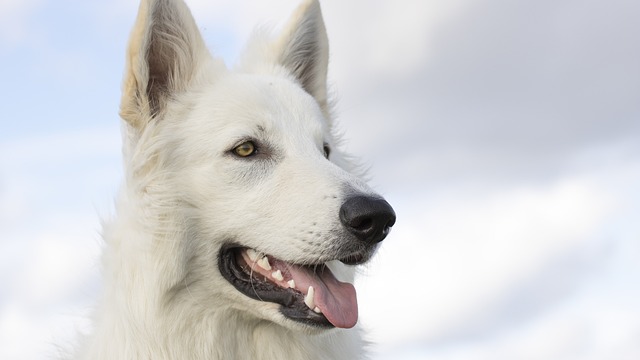
When the lovely dog at home starts barking wildly day and night, breaking the peaceful life with its harsh barking, the feeling of annoyance and helplessness is beyond words.